The world of wine is vast and varied, but few regions have managed to carve out a niche as distinct as Uruguay with its flagship grape, Tannat. Known for its bold tannins and deep, complex flavors, Tannat has become synonymous with Uruguayan winemaking. While the grape originated in the Madiran region of France, it has found a second home in the fertile soils of Uruguay, where it has been transformed into something uniquely its own. The story of Tannat in Uruguay is one of adaptation, innovation, and a relentless pursuit of excellence.
Uruguay’s climate, with its warm days and cool nights, provides the perfect conditions for Tannat to thrive. The grape’s thick skins and high tannin content make it particularly well-suited to the country’s terroir, allowing it to develop rich, concentrated flavors. Over the years, Uruguayan winemakers have honed their craft, learning how to tame Tannat’s naturally robust character while preserving its intensity. The result is a wine that is both powerful and elegant, capable of aging gracefully for decades.
One of the most fascinating aspects of Uruguayan Tannat is its ability to reflect the nuances of its environment. From the coastal vineyards of Canelones to the rolling hills of Maldonado, each subregion imparts its own distinct characteristics to the wine. Winemakers have embraced these differences, experimenting with techniques like extended maceration and oak aging to highlight the grape’s versatility. The use of French and American oak barrels, in particular, has become a hallmark of premium Tannat production, adding layers of vanilla, spice, and toast to the wine’s already complex profile.
But what truly sets Uruguayan Tannat apart is its aging potential. Unlike many New World wines that are designed for immediate consumption, Tannat from Uruguay often benefits from years, if not decades, of cellaring. The wine’s formidable tannic structure gradually softens over time, revealing a symphony of secondary and tertiary flavors. Notes of blackberry and plum give way to hints of leather, tobacco, and dark chocolate, creating a drinking experience that is both profound and evolving.
The global wine community has taken notice of Uruguay’s Tannat revolution. Critics and connoisseurs alike have praised the country’s ability to produce world-class wines that stand shoulder-to-shoulder with the best from Bordeaux and Napa Valley. Yet, despite its growing reputation, Uruguayan Tannat remains somewhat of a hidden gem, offering exceptional value for those willing to seek it out. For wine lovers looking to explore something off the beaten path, Uruguay’s Tannat is a revelation waiting to be discovered.
As the demand for premium, age-worthy wines continues to rise, Uruguay is poised to become a major player on the international stage. The country’s winemakers are not content to rest on their laurels; they are constantly pushing the boundaries of what Tannat can achieve. Whether through organic and biodynamic practices or cutting-edge fermentation techniques, the pursuit of excellence is relentless. The future of Uruguayan Tannat is bright, and the best is yet to come.
For those who have yet to experience the magic of Uruguayan Tannat, there has never been a better time to dive in. The wine’s bold personality and aging potential make it a standout in any cellar, while its relative affordability ensures that it remains accessible to a wide range of enthusiasts. From its humble beginnings in the vineyards of France to its current status as Uruguay’s crown jewel, Tannat has come a long way. And if the past is any indication, its journey is far from over.
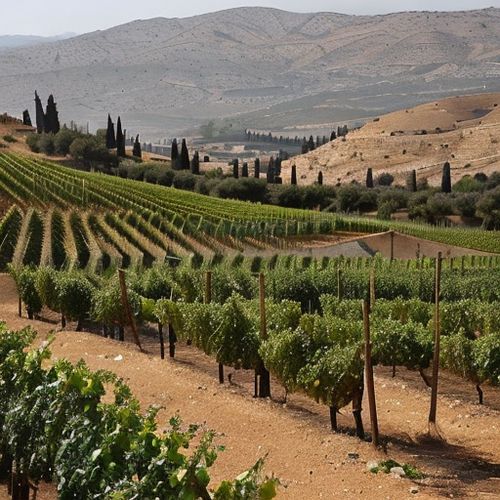
By Jessica Lee/May 10, 2025
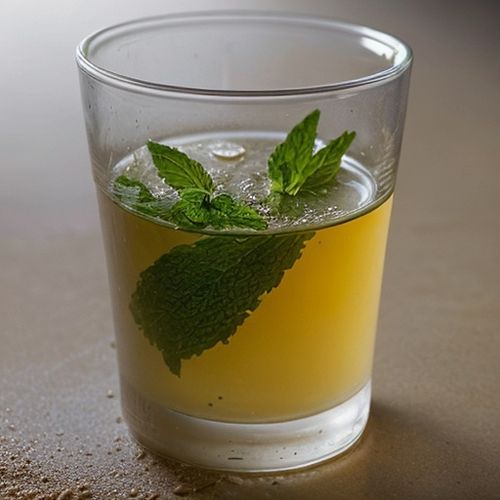
By Victoria Gonzalez/May 10, 2025
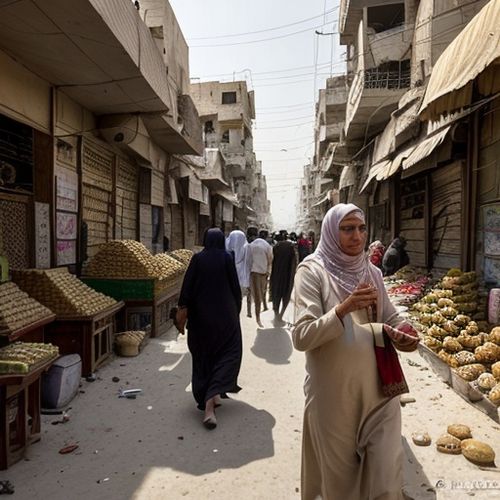
By Noah Bell/May 10, 2025

By Benjamin Evans/May 10, 2025
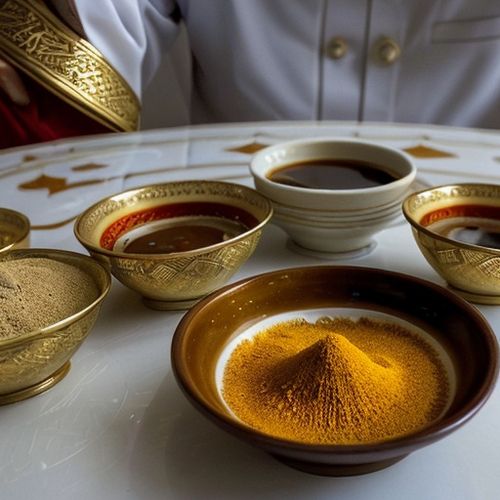
By Rebecca Stewart/May 10, 2025
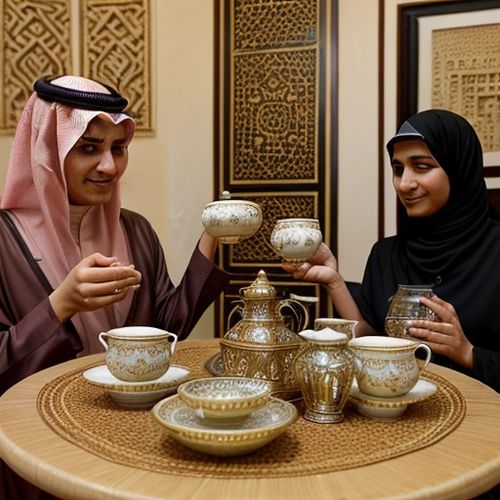
By Daniel Scott/May 10, 2025
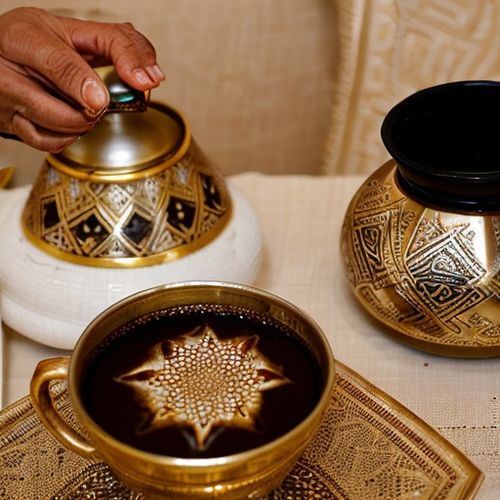
By Samuel Cooper/May 10, 2025
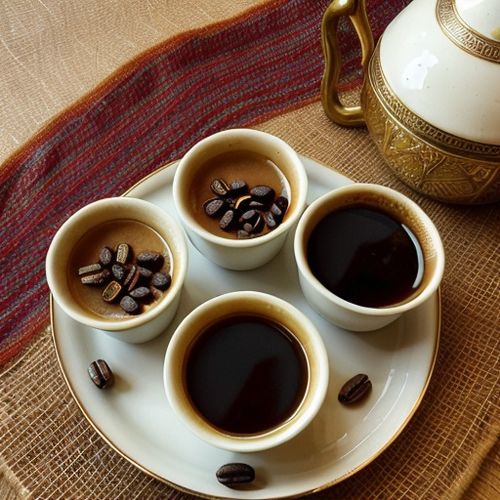
By Ryan Martin/May 10, 2025
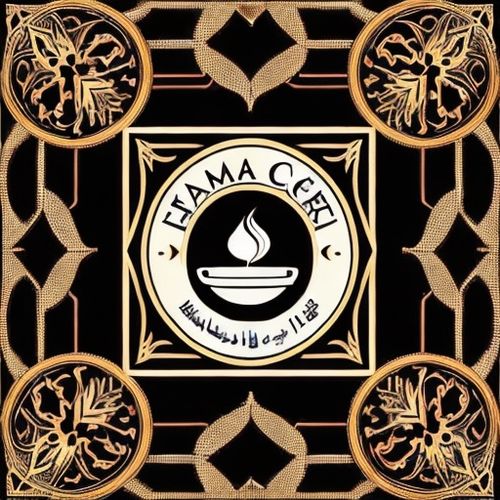
By James Moore/May 10, 2025

By Rebecca Stewart/May 10, 2025
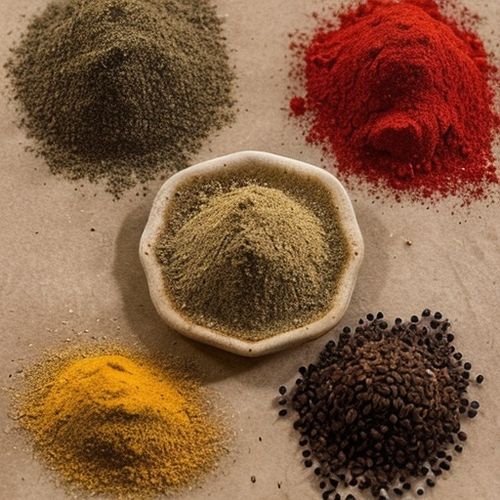
By Rebecca Stewart/May 10, 2025

By Thomas Roberts/May 10, 2025
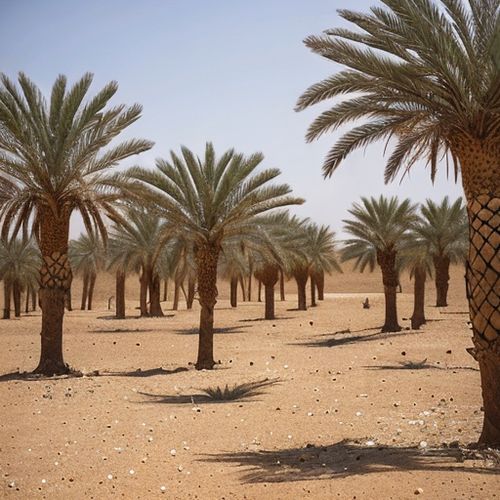
By Grace Cox/May 10, 2025
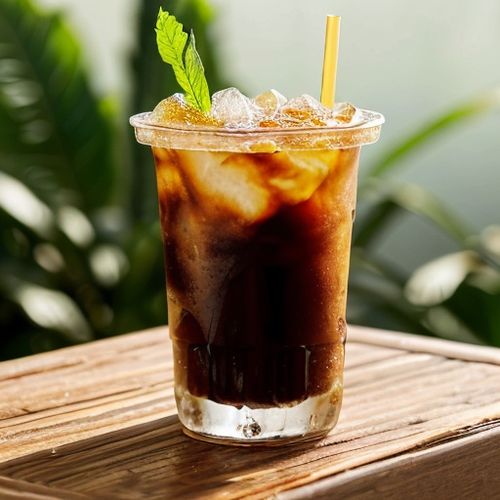
By Sophia Lewis/May 10, 2025
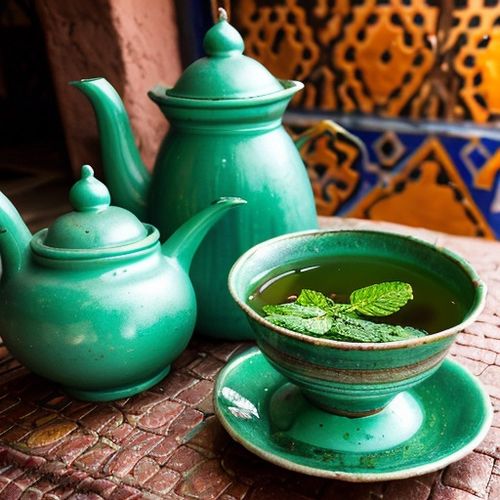
By Sophia Lewis/May 10, 2025
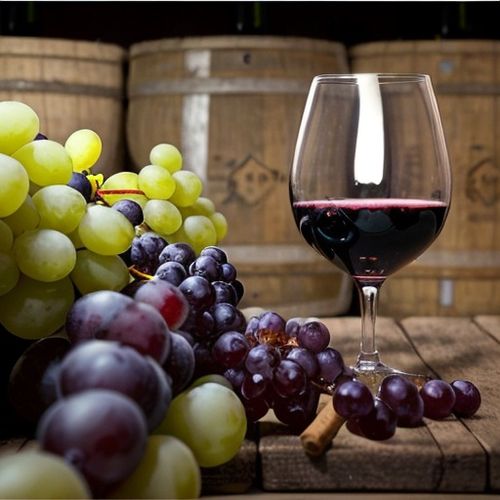
By Daniel Scott/May 10, 2025
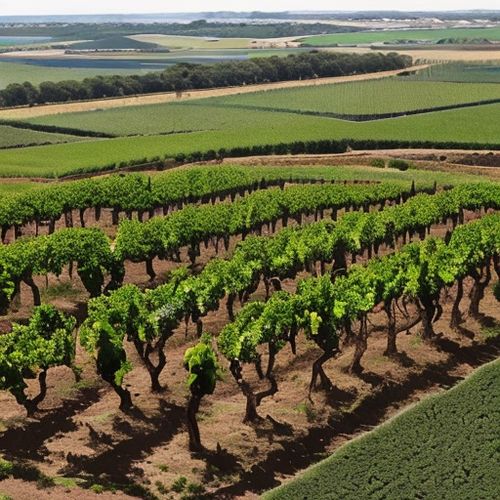
By Amanda Phillips/May 10, 2025
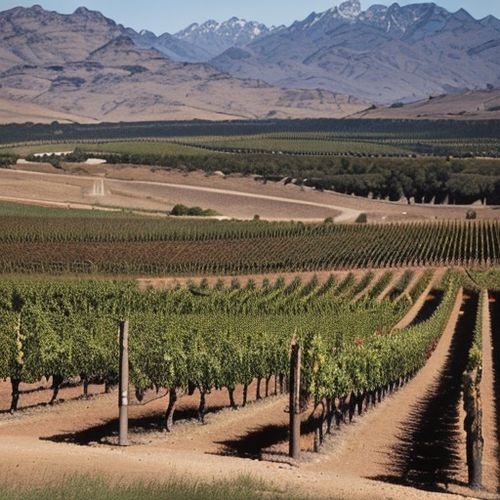
By Lily Simpson/May 10, 2025
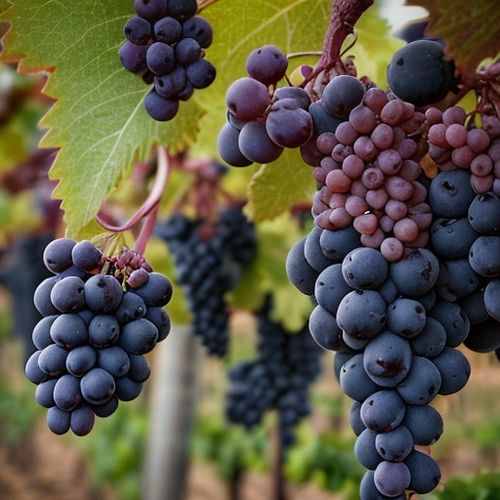
By Natalie Campbell/May 10, 2025

By Olivia Reed/May 10, 2025